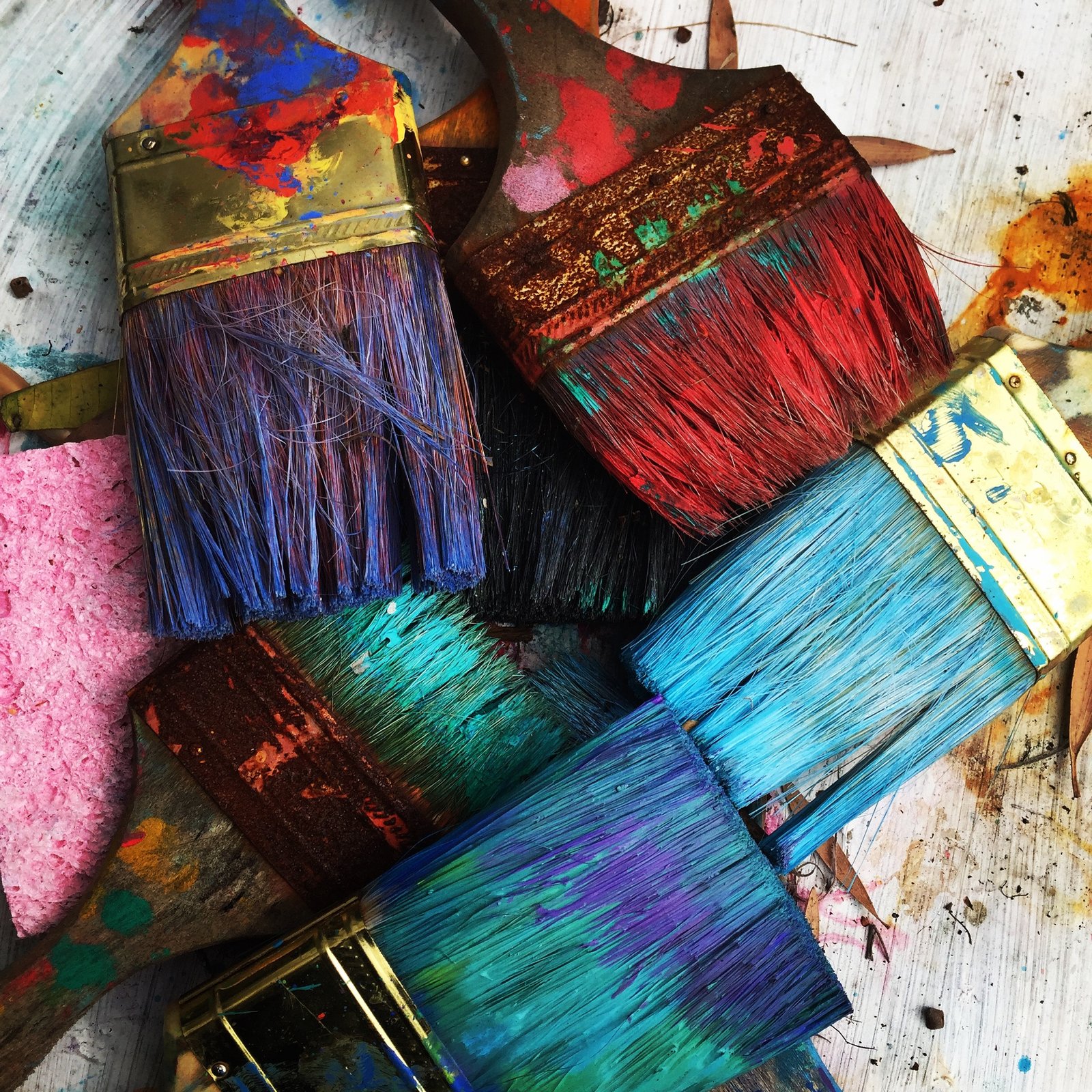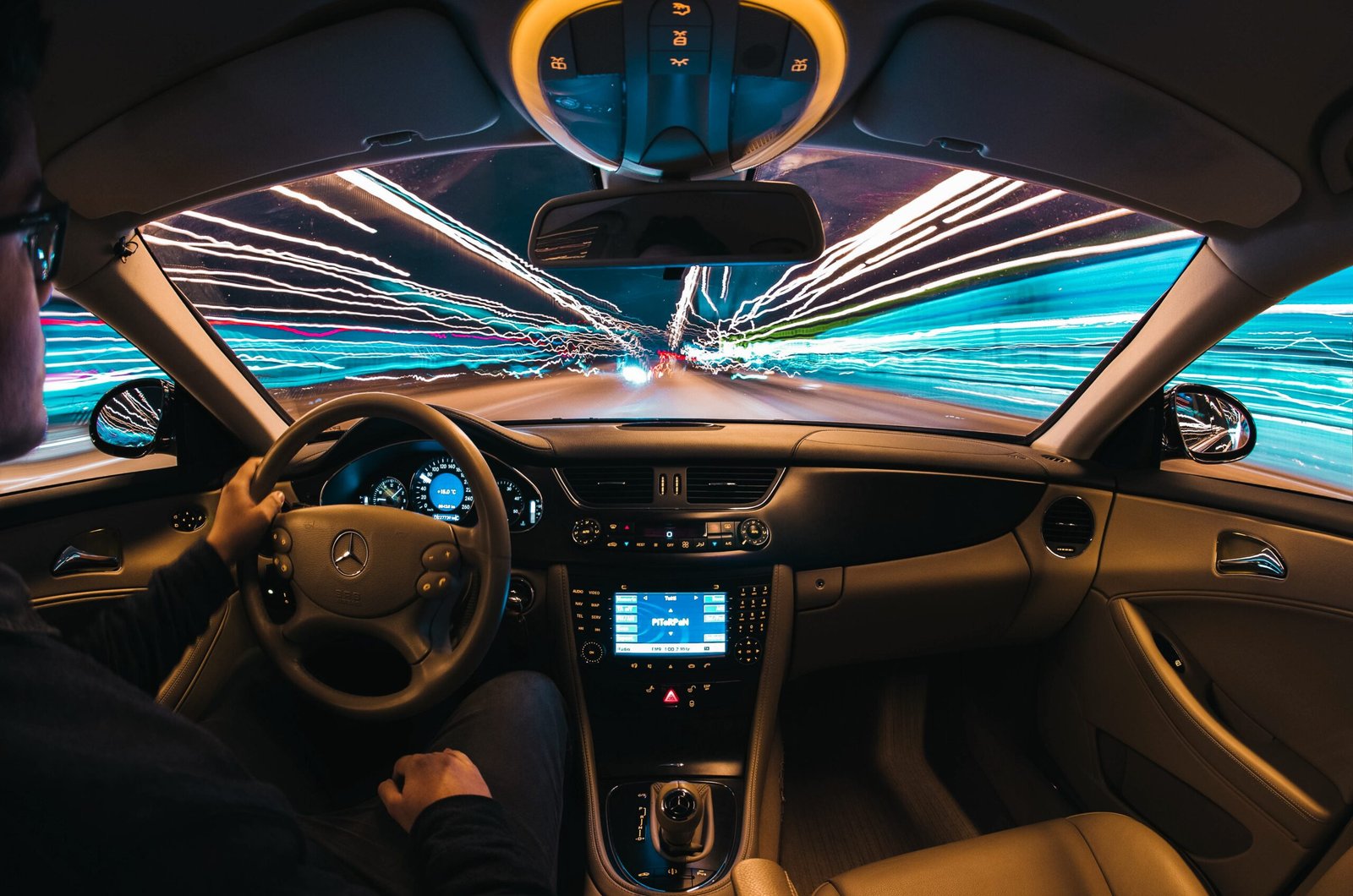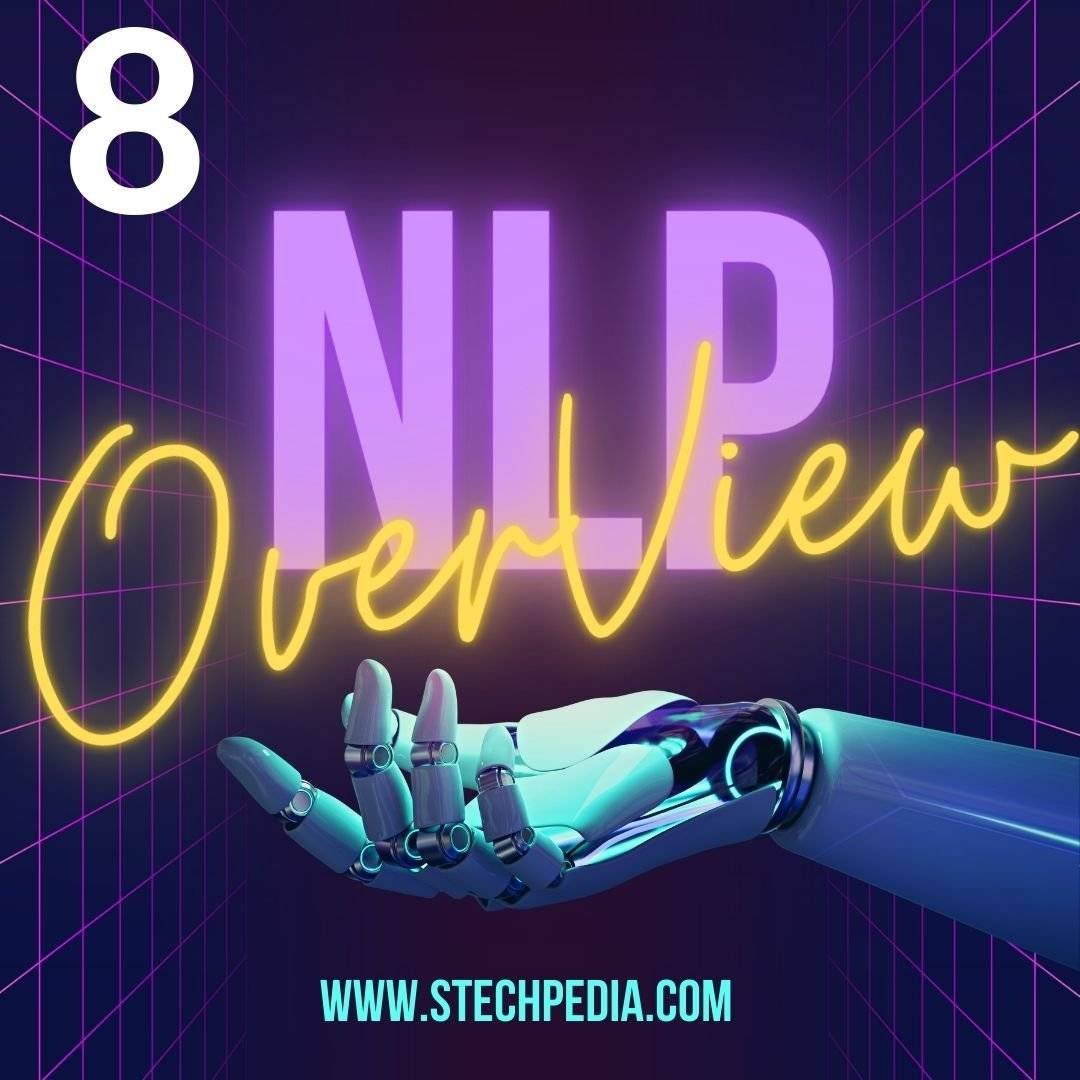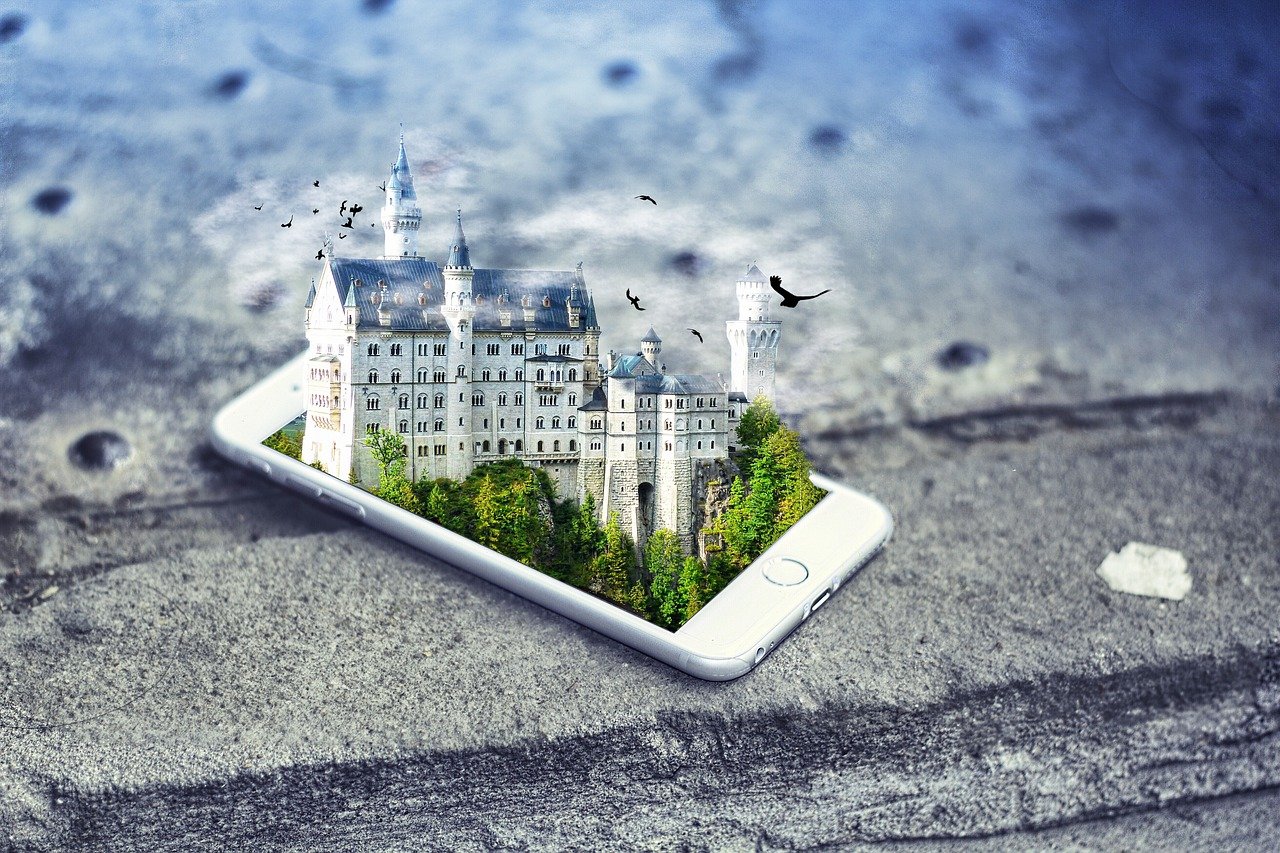Introduction
Sci-fi robot concept art has captivated audiences for decades, offering a glimpse into futuristic worlds filled with advanced technology and artificial intelligence. These artworks not only inspire our imagination but also play a crucial role in the development of sci-fi movies, video games, and literature. In this blog post, we will delve into the world of sci-fi robot concept art, exploring its origins, significance, and the creative process behind it.
The Origins of Sci-Fi Robot Concept Art
The roots of sci-fi robot concept art can be traced back to the early 20th century, when science fiction literature gained popularity. Authors like Isaac Asimov and Arthur C. Clarke introduced the concept of robots as intelligent beings, sparking the imagination of artists and readers alike. As the genre expanded, so did the demand for visual representations of these futuristic machines.
With advancements in technology and the rise of the film industry, sci-fi robot concept art found its way onto the big screen. Movies like “Metropolis” (1927) and “Forbidden Planet” (1956) showcased stunning visual designs, setting the stage for the future of this art form.
The Significance of Sci-Fi Robot Concept Art
Sci-fi robot concept art serves multiple purposes. Firstly, it helps filmmakers and game developers visualize their ideas and bring them to life. These artworks provide a blueprint for the creation of robots in movies, ensuring that they align with the director’s vision and the overall aesthetic of the project.
Secondly, sci-fi robot concept art sparks the imagination of the audience. These visuals allow us to envision a world where robots coexist with humans, performing tasks beyond our current capabilities. They inspire us to think about the possibilities of future technologies and the impact they may have on society.
Furthermore, sci-fi robot concept art often explores themes such as artificial intelligence, ethics, and the relationship between humans and machines. These thought-provoking concepts encourage discussions about the potential benefits and risks associated with advanced robotics.
The Creative Process Behind Sci-Fi Robot Concept Art
The creation of sci-fi robot concept art involves a collaborative effort between artists, designers, and filmmakers. It begins with brainstorming sessions, where ideas are shared and refined. Sketches and rough drawings are then created to visualize the initial concepts.
Once a direction is chosen, the artist starts working on more detailed illustrations. They consider factors such as the robot’s purpose, environment, and overall design aesthetic. The use of different art techniques, such as digital painting or traditional mediums, adds depth and realism to the artwork.
Throughout the process, feedback from the creative team is crucial. Adjustments and iterations are made to ensure that the final concept aligns with the project’s vision. The end result is a visually captivating representation of a sci-fi robot, ready to be brought to life through various mediums.
Conclusion
Sci-fi robot concept art continues to captivate audiences worldwide, offering a glimpse into futuristic worlds filled with advanced technology and artificial intelligence. From its origins in science fiction literature to its prominent role in movies and video games, this art form has become an integral part of the sci-fi genre. As we continue to push the boundaries of technology, sci-fi robot concept art will undoubtedly evolve, inspiring us to imagine and explore the possibilities of a future where robots roam the Earth.







